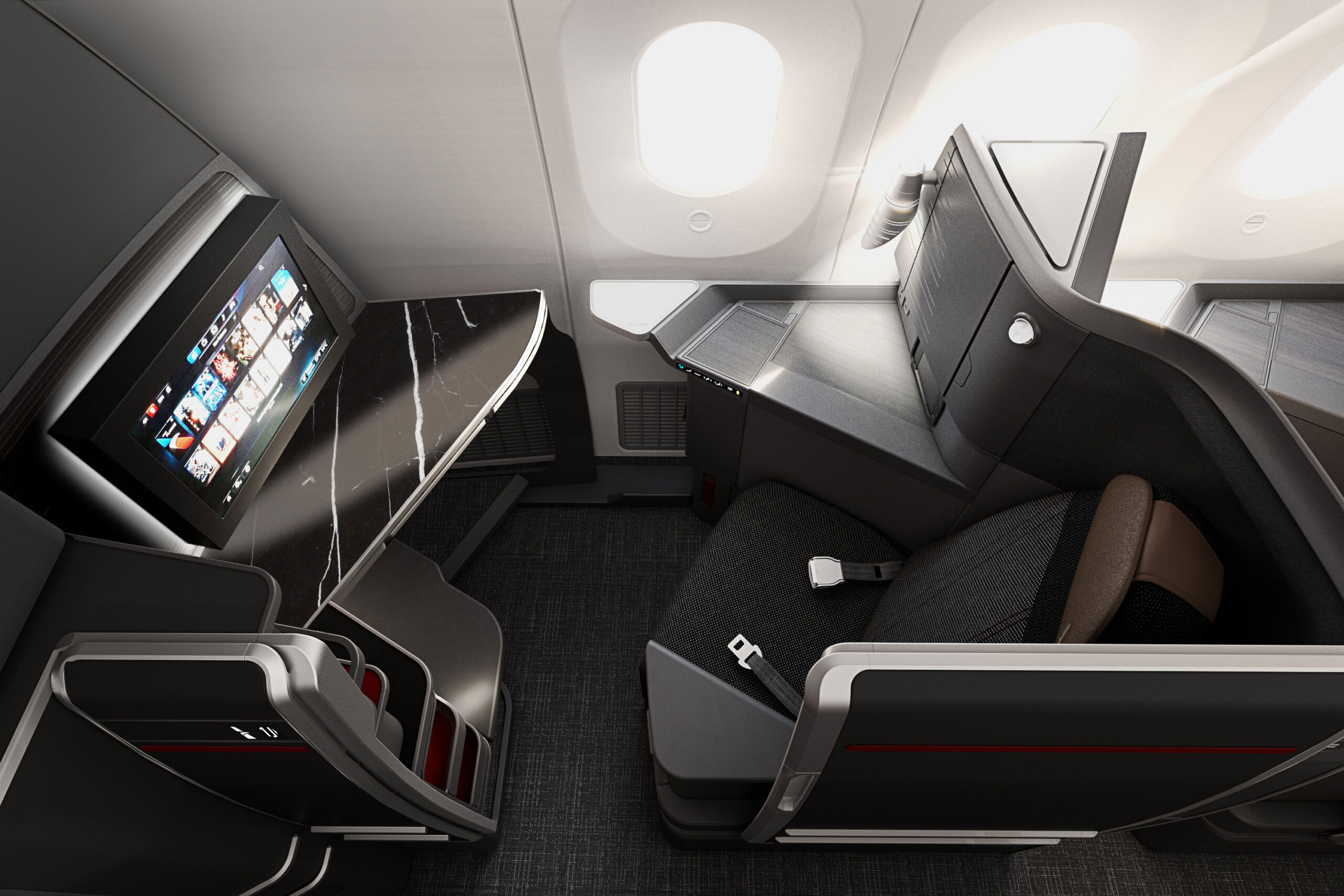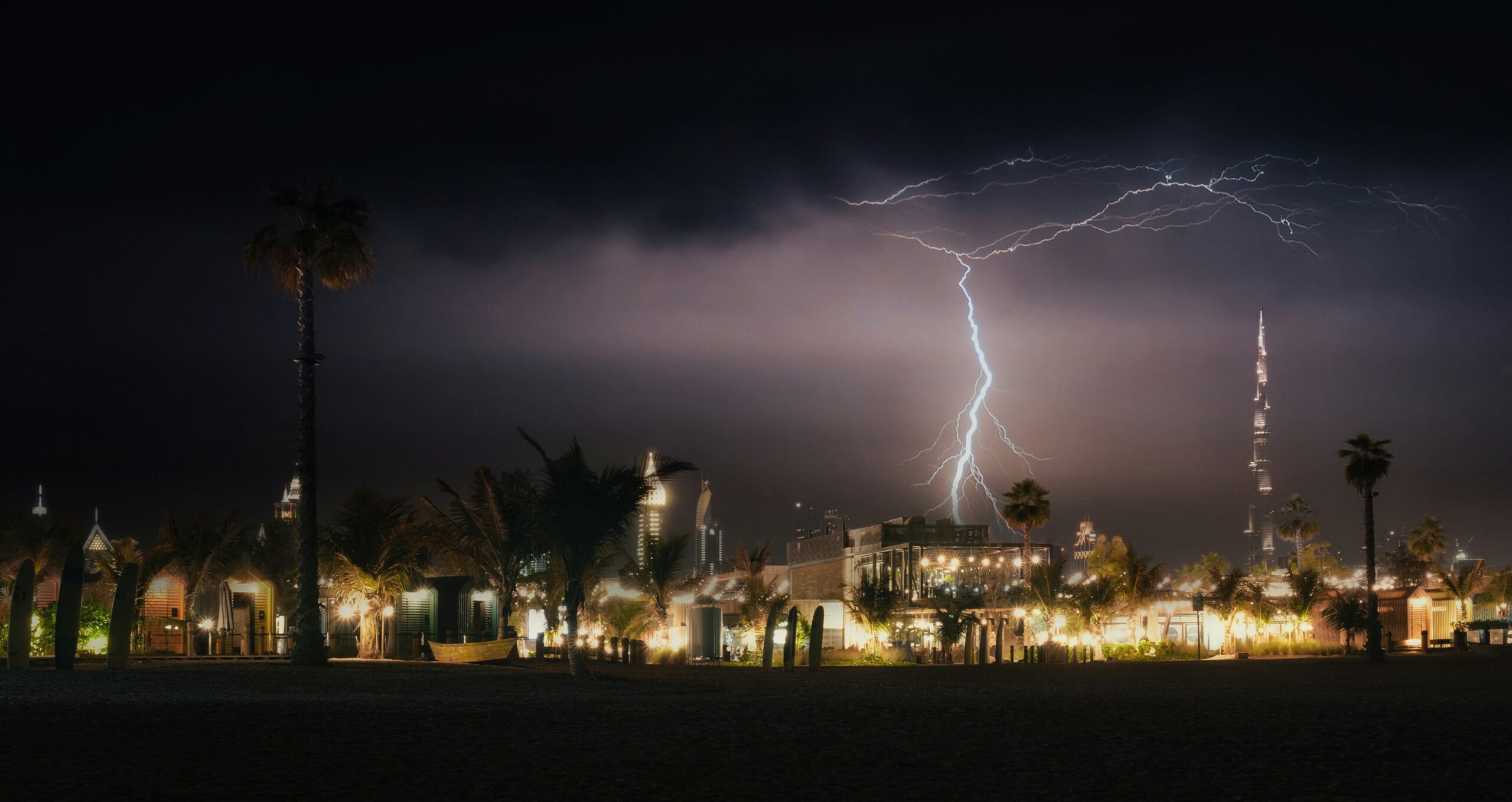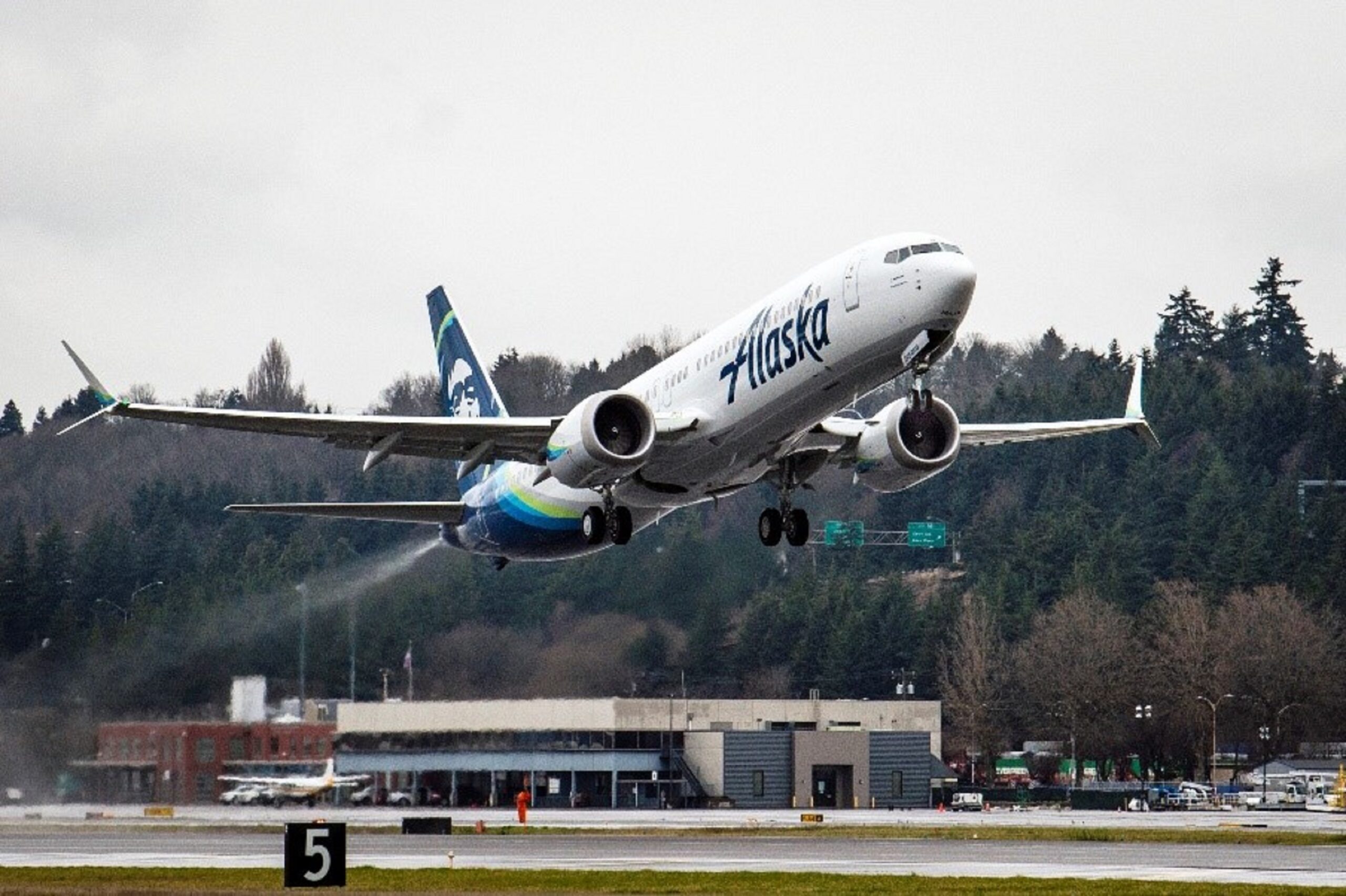Seattle-Tacoma Airport’s Multi-Billion Dollar Terminal Project Hits Snag
Sea-Tac's new $1 billion terminal was meant to have capacity for twenty widebody jets, but a design flaw means it will only have space for sixteen
by Lauren Smith
April 11, 2023
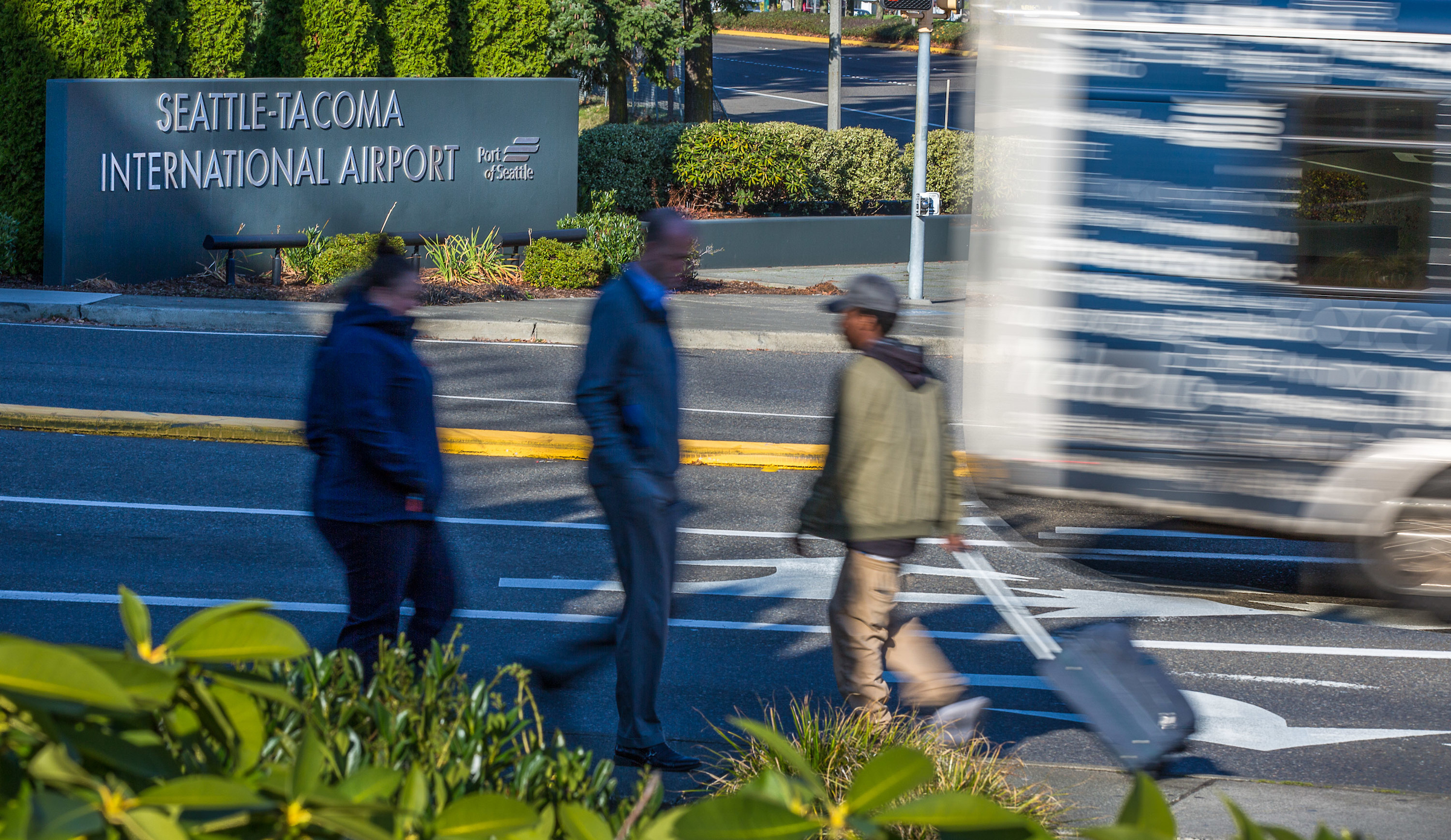
Photo: Sea-Tac Airport sign on International Blvd. Courtesy of The Port of Seattle.
A design flaw means Seattle-Tacoma Airport’s (SEA) new international arrivals facility can’t accommodate long-haul, wide-body aircraft at four of its 20 gates, igniting a legal battle between airport owners, the Port of Seattle, and the lead contractors on the billion-dollar project.
The new international arrivals concourse opened last April to more than double the airport’s capacity for international passengers to 2,600 per hour and resolve a long-standing shortfall.
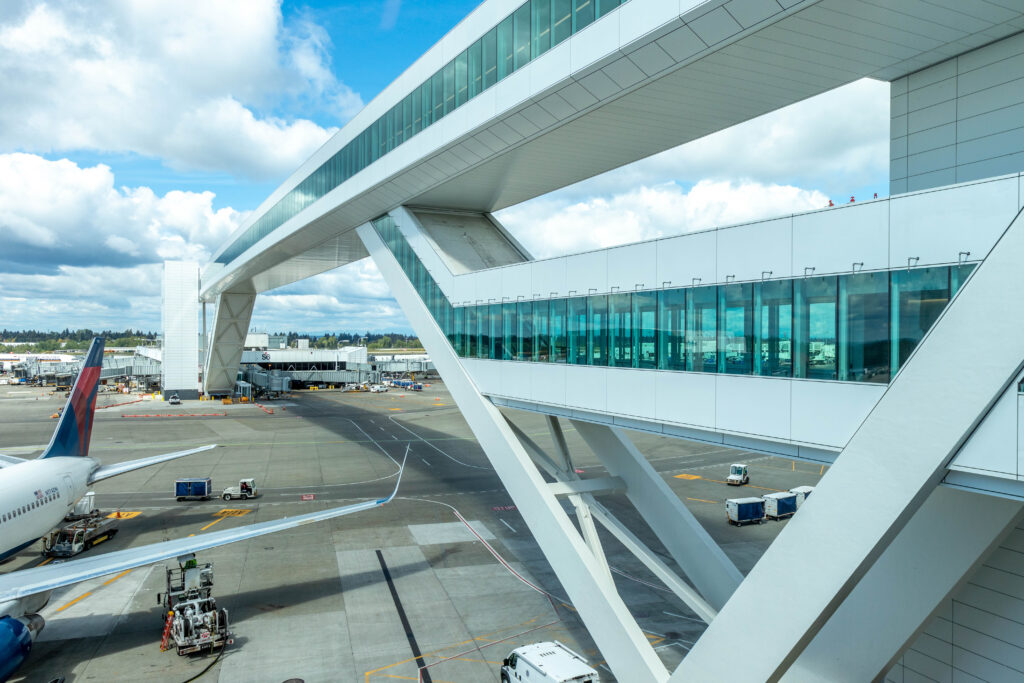
Photo: Courtesy of The Port of Seattle
But while the facility has the world’s longest pedestrian aerial walkway and a slick new customs and baggage reclaim hall, four of its gates aren’t suitable for the wide-body jets regularly used for long-haul international flights—a flaw apparently only recognized during “aircraft fit checks” after the facility opened.
For instance, Gate S5 was intended to accommodate Airbus A330s and Boeing 787s, while Gate S4 was designed to handle larger Boeing 777s. But, unfortunately, neither of those gates fit the intended jets.
In a letter to contractors Clark Construction seen by The Seattle Times, the Port of Seattle said the four gates would cause a 20% shortfall in capacity and cause damages amounting to “tens or hundreds of millions of dollars over the expected life” of the concourse.
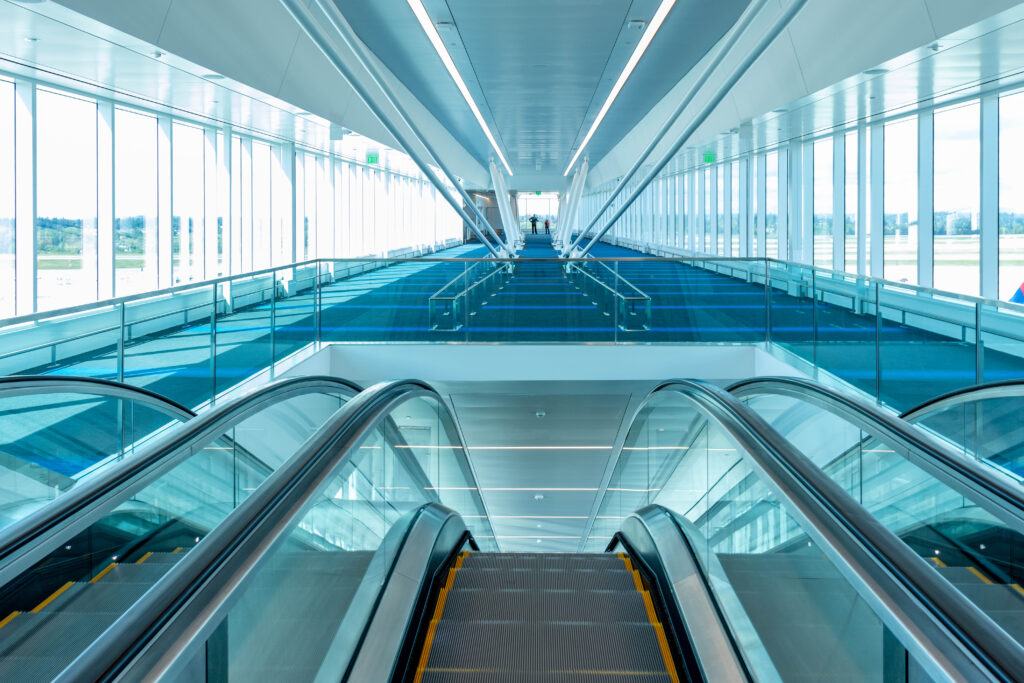
Photo: Courtesy of The Port of Seattle
Perry Cooper, a spokesperson for the airport, said that “the Port is actively and aggressively working to address deficiencies” at the facility but added that the work reconfiguring the concourse could cost more than $75 million.
At one gate, wide-body jets could be accommodated if parked diagonally. However, their wing tips would protrude into the adjacent gate.
Redesigning another gate would require moving escalators and elevators, a fix that could cost tens of millions of dollars. In addition, a third gate may never be able to accommodate wide-body jets. Cooper said that plans for the redesign “have not been finalized.”
The Port of Seattle maintains that lead contractors on the project Clark Construction is liable for the cost of fixing the design flaws and, in January, sued the company for $100 million for damages and the cost of the gate reconfiguration.
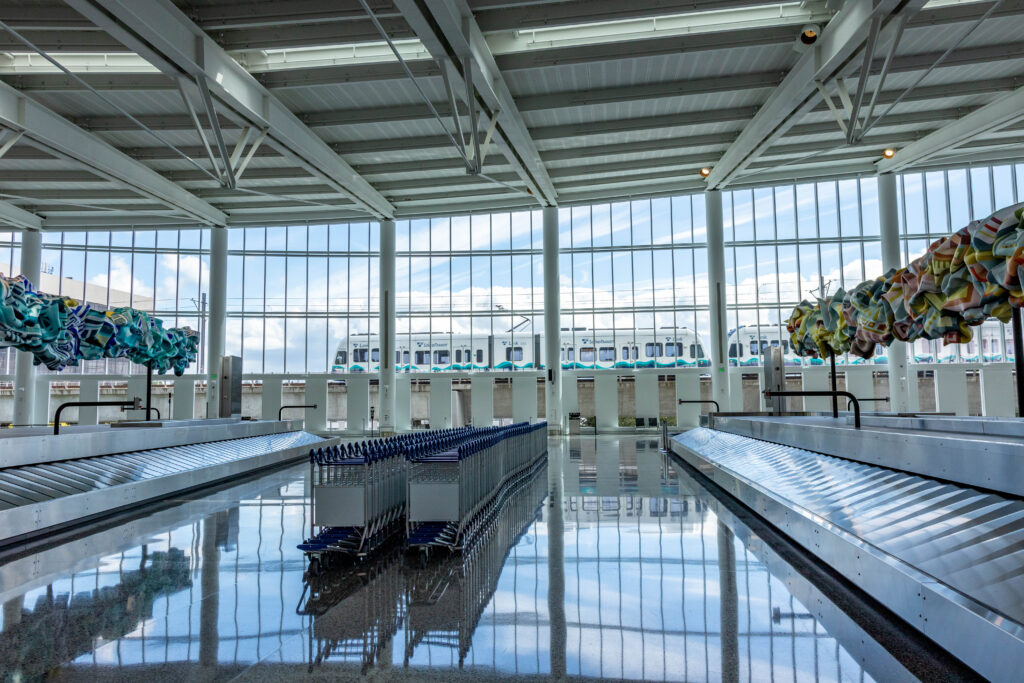
Photo: Courtesy of The Port of Seattle
In a November letter to Clark, The Port of Seattle said the company “has refused to engage with the Port to identify solutions” to the design problems.
Clark denies the allegations. In an emailed statement, Brett Earnest, senior vice president at Clark, insisted that “the current gate configuration is consistent with the Port-approved concourse study and meets the specifications and requirements per our contract.”
He said the company had worked with “best-in-class aviation design experts” in building the facility.
Clark Construction was already involved in litigation with the Port of Seattle, alleging it wasn’t compensated for extra work required due to design changes, the enlargement of the project, and pandemic delays. The firm is seeking more than $60 million plus legal costs.
The International Arrivals Facility is a 45,000-square-foot addition to the airport’s existing Concourse A, connected to the South Satellite terminal by a walkway. At the outset of work in 2014, the project’s budget was $344 million, but the after a substantial expansion of the project’s scope, three million hours of labor, and pandemic delays, the bill had ballooned to $968 million, funded by airport revenue.
